Treating cabbage with vinegar from pests

Cabbage is considered to be quite a valuable vegetable. It is unpretentious to care for, it can be grown in almost all regions, and the vegetable also has a rich and useful composition. But only, like many crops, cabbage is susceptible to attacks by various insects. You can fight them with pesticides, but you can use safer means, such as vinegar. We will talk about how to use it correctly in this article.
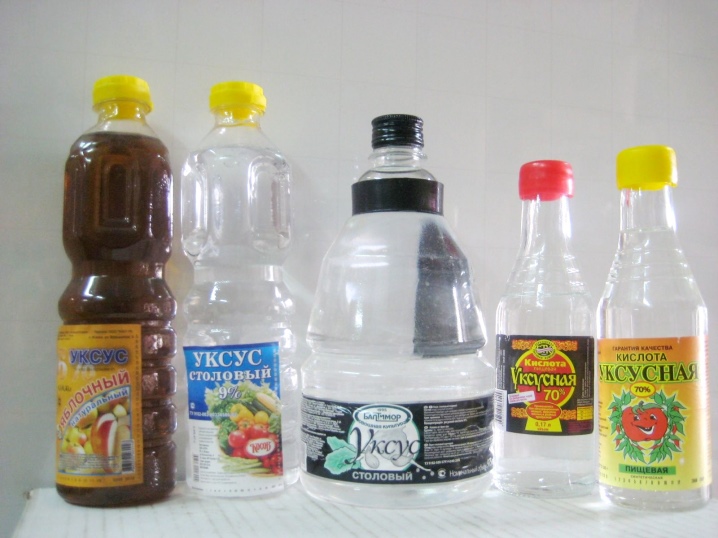
Advantages and disadvantages
The treatment of this culture with a solution of vinegar essence is a folk remedy for the struggle and destruction of cabbage pests.
And like many similar processing options, this one has its pros and cons.
The main advantages are:
- natural composition;
- budgetary cost;
- economical consumption;
- the possibility of using in the fight against various pests;
- quick positive feedback;
- low probability of getting toxic poisoning.
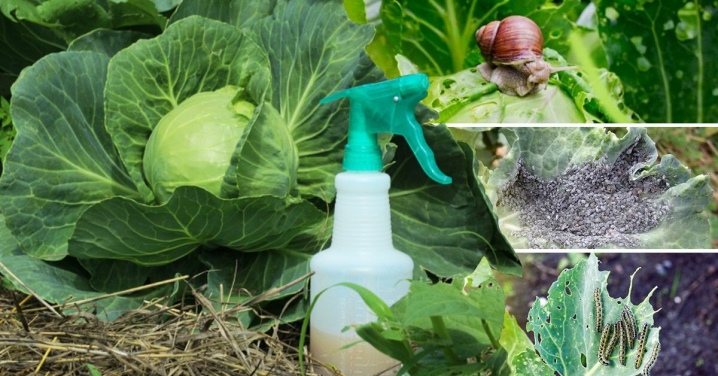
There are, of course, disadvantages, but there are few of them:
- the working mixture must be used all and immediately after preparation;
- if the safety rules and the dosage of vinegar are not followed, a burn may occur.
It is possible to eliminate the shortcomings and prevent their appearance with strict adherence to all these recommendations. It is important to remember that, despite all the safety of vinegar, you should definitely use rubber gloves when working with it and the indicated dosage must not be exceeded.
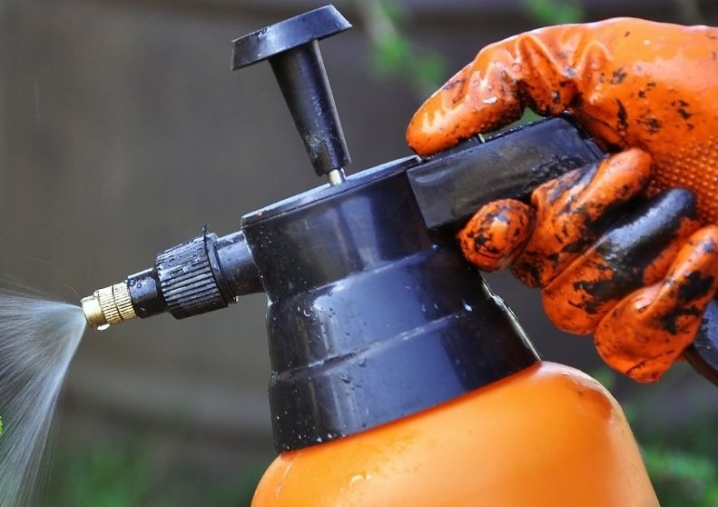
How to treat aphids?
It is aphids that most often affect cabbage. The difficulty is that it is very difficult to identify this pest in the early stages, and even if pesticides can be used at the beginning, then after the formation of a dense head of cabbage, this is not recommended. Poisons will not be able to leave the plant before it is time to eat the vegetable... That is why experienced gardeners recommend sprinkling cabbage from aphids with a vinegar solution.

Watering should be done early in the morning, before direct sunlight appears, but the vegetable is not watered at the root, but the head itself and the damaged leaves.
To do this, use a watering can or spray bottle. Cabbage is processed every other day until all aphids are destroyed. After the insects are destroyed, it is recommended to water vinegar once every 7-10 days for prevention.
The working solution can be prepared in two ways:
- 15 ml of 9% vinegar is diluted in 1 liter of warm water (if 6% vinegar is used, its proportions are doubled for the same volume of water);
- 15 ml of 70% essence is diluted in 10 liters of warm water.
In both cases, the solution must be used immediately after preparation. Even after standing in a container for 1 hour, it significantly loses its properties.
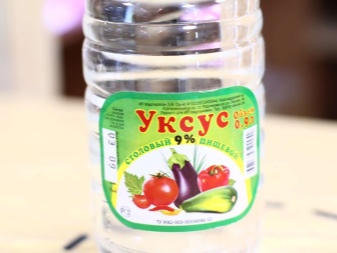
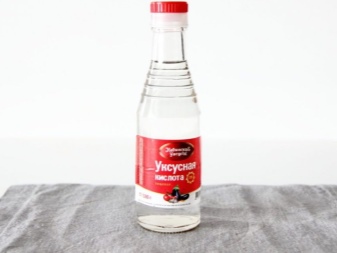
How to spray against flea beetles?
If aphids become active around the second half of summer, then sacral fleas have been causing trouble for gardeners since early spring. They are especially harmful for early cabbage, since it, being their only source of food, often dies due to their invasion.
Processing occurs in almost the same way as in the fight against aphids - in the morning after the dew has completely dried and only with a freshly prepared solution. It is necessary not only to spray the heads of cabbage and leaves themselves, but also to water the ground, since it is in it that insect eggs can remain.
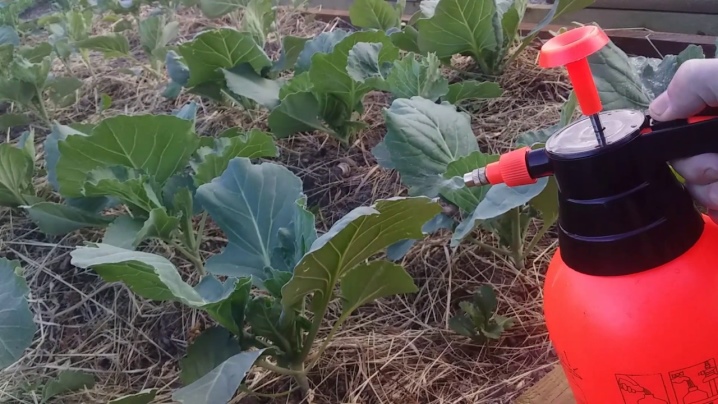
Both watering and irrigation of a vegetable is carried out with a solution of 200 ml of 9% vinegar and 8 liters of warm water.
If the essence of 70% is used, then the recipe is as follows - 2 tablespoons per 8 liters of water, if the essence is 30%, then 4 tablespoons for the same volume of liquid.
The treatment is carried out every 2 days for at least 10 days. Simultaneously with spraying the cabbage, vinegar treatment is also carried out on the rest of the plants planted nearby. Otherwise, there is a danger of flea migration and re-infection of plants. For prevention, vinegar processing of cabbage is carried out every 5 days. You should not ignore preventive spraying - a colony of sacral flea beetles can completely destroy the crop in just 2 days.
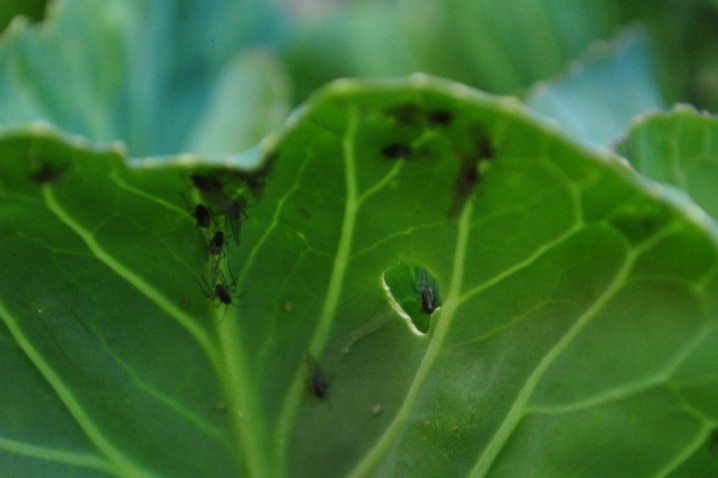
Controlling other pests
Unfortunately, sacral fleas and aphids are not the only insects that can harm cabbage plantings. But you shouldn't get upset before the time - vinegar solution can help here too.

Caterpillars
A solution prepared from 1500 ml of water and 60 ml of apple cider vinegar can save from their invasion of vegetables. As a rule, caterpillars attack cabbage in July, then from the beginning of the month, treatments should be carried out once every 5-7 days, even if the pests are not visible. If there is already damage, the plantings are treated with a solution up to 3 times a week.
When fighting caterpillars, plantings are processed after sunset in calm and calm weather. If it rains within 2 hours after using the solution, the manipulation is repeated the next evening.
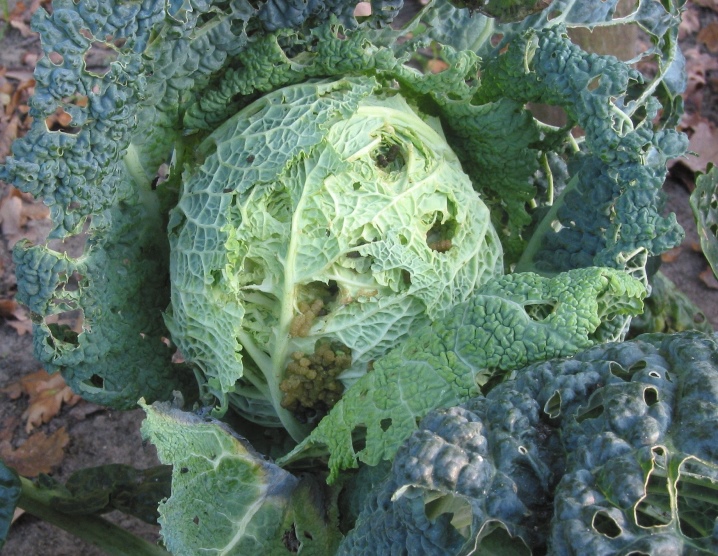
You can use the vinegar mixture for 2 weeks in a row at intervals of 2 days.
Some gardeners mistakenly believe that, in addition to holes in the leaves, caterpillars do not bring harm to plants, and do not pay due attention to the fight against this pest. This approach is fundamentally wrong - the caterpillars leave toxic substances on the leaves, which not only spoil the heads of cabbage, but also negatively affect the human body later.

Slugs
Cabbage and slugs - snails without a hard shell - cause great harm. They can be seen on heads of cabbage in the evening, and at the same time it is best to carry out processing. There are two ways to deal with these pests.
- Sprinkle the heads of cabbage and the soil around the cabbage with undiluted vinegar essence. To do this, it is carefully poured into a spray bottle and sprayed onto the leaves and ground under the stump. It is important - do not pour the essence into the head of cabbage itself. Work is carried out only after sunset and on a clear day. Protection against such a single treatment lasts about 10 days. Essence concentration - 30%.
- Boil valerian root in 2 liters of water for half an hour. Strain the broth and dilute 15 ml of 9% vinegar in it. Use a mixture for the treatment of cabbages and root watering.
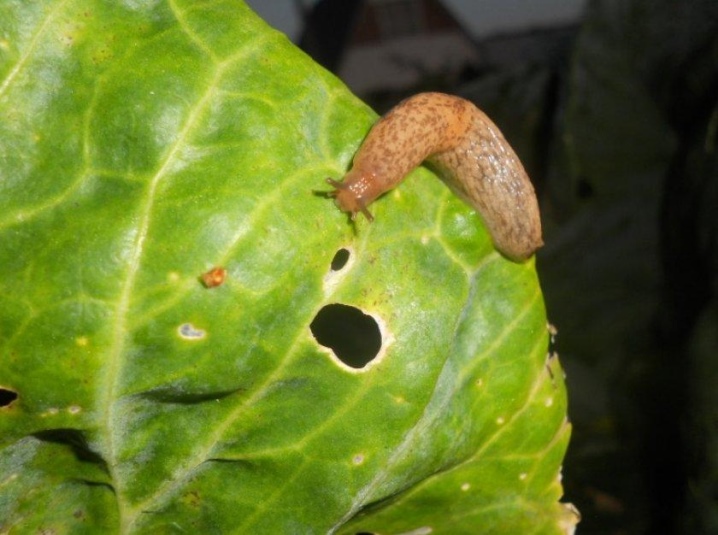
As an emergency aid, you can use a concentrated working solution for irrigation. To do this, dilute 3 tablespoons of vinegar essence in 10 liters of warm water and water the plants twice a day - in the morning and in the evening. The very next day it will be possible to see the positive results of such work.
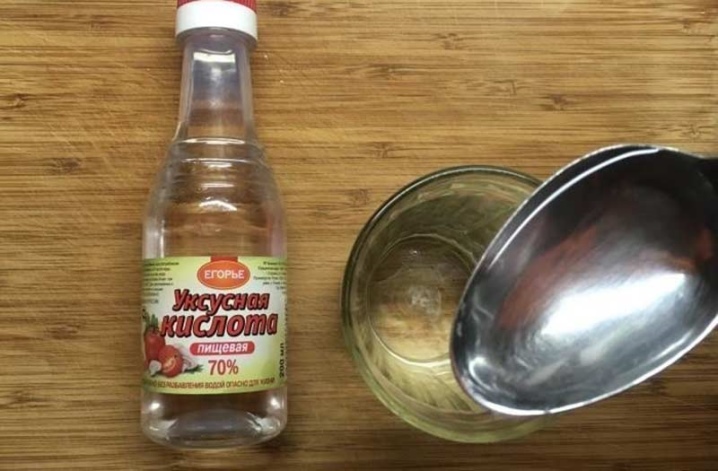
Larvae of butterflies and cabbage moth
Such pests are often confused with caterpillars, but, unlike the latter, they are much smaller - up to 1 centimeter. In addition, the larvae appear inside the head of cabbage and the stump itself. Sometimes gardeners cannot determine for a long time the reason why the cabbage begins to disappear, the heads of cabbage dry out and rot.
You can also cope with such a misfortune with regular spraying of plants. To do this, dilute 100 ml of 9% vinegar in 6 liters of hot water and, using a watering can, water all heads of cabbage abundantly.
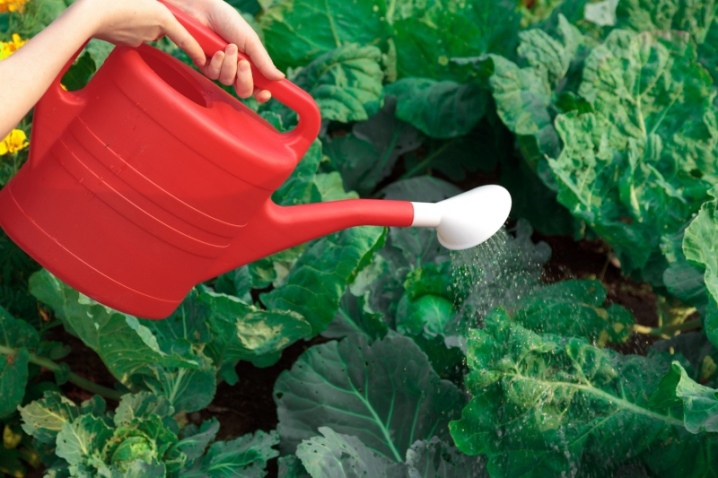
It is important - it is also necessary to process those plants on which no traces of damage are even visible. The pest can migrate and infect healthy heads of cabbage.
Processing is carried out twice a week, only in the evening or early in the morning and in calm weather. If it rained within a couple of hours after spraying, in the morning of the next day, the heads of cabbage are spilled simply with hot water, without adding vinegar.
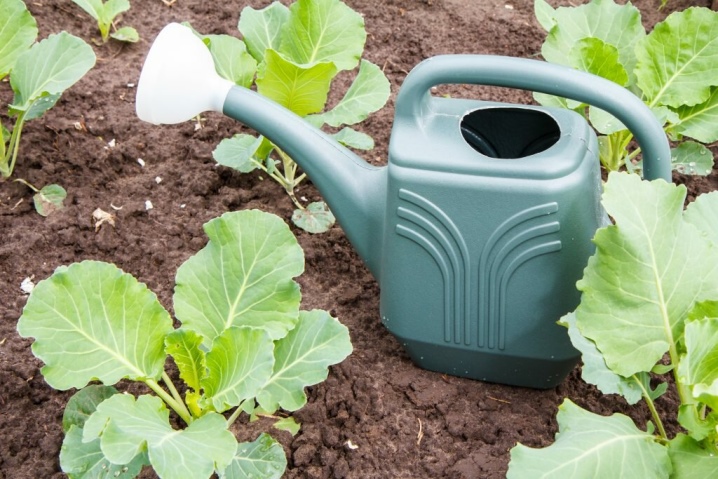
Safety engineering
Despite the fact that vinegar is a food product, safety precautions must be followed when working with it. Otherwise, you can simply burn the plants, and the person himself can get burns or poisoning with essence vapors. That's why:
- it is worth diluting the working solution only in the fresh air or in a well-ventilated area;
- be sure to use rubber gloves, clothes should be as closed as possible;
- it is worth spraying only in calm weather;
- at the end of work, hands and face should be thoroughly washed with soap and water.
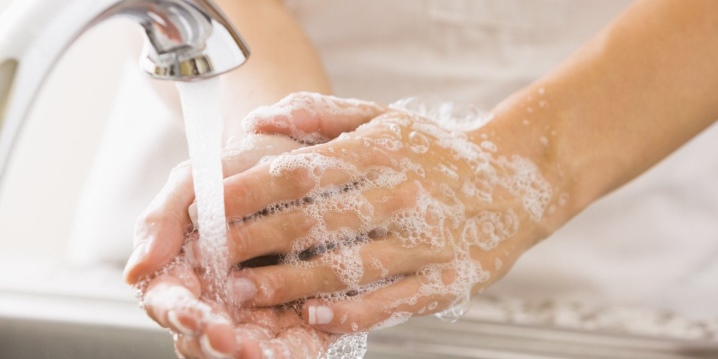
When deciding to use vinegar in the fight against cabbage pests, it is worth remembering that containers used in the course of work must be clean and free from traces of extraneous pesticides. Otherwise, the result from processing may be zero.

Helpful hints
In order to minimize the attack of insects on the cabbage beds, as well as get a really good harvest, it is worth listening to the following tips.
- All around the planting of cabbage sow parsley... It contains many essential oils, the aroma of which repels most pests.
- If cabbage is planted in seedling beds, its roots must be treated with Aktara.
- Do not plant early flowering flowers next to cabbage beds. - it is their aroma that will attract butterflies, which can lay the larvae in the forming heads of cabbage.
- If for the preparation of a solution for spraying or watering apple cider vinegar is recommended, its concentration should not exceed 4%. Only such a product is considered real.
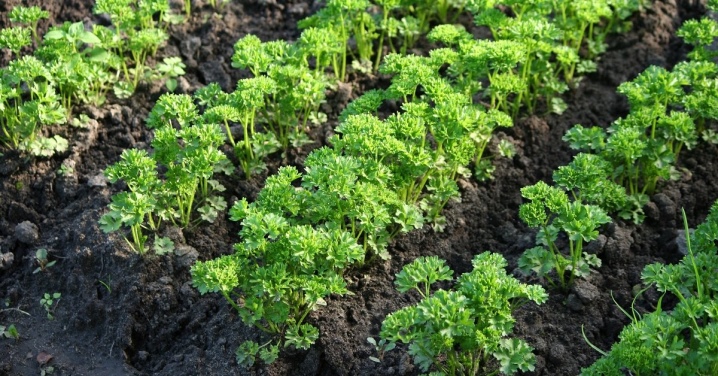
In addition, professional gardeners recommend spraying with vinegar solution not only to combat existing pests, but also to prevent their appearance.
In this case, the primary treatment is carried out on the day of planting, then every 15 days until the start of the harvest. The solution is prepared from the calculation: for a bucket of warm water, 1.5 tablespoons of 9% vinegar.
Using vinegar is an almost harmless and affordable way to preserve the cabbage crop. The main thing is to clearly follow the indicated dosage, follow safety precautions and do not forget about preventive measures.
For the treatment of cabbage with vinegar from pests, see below.













The comment was sent successfully.